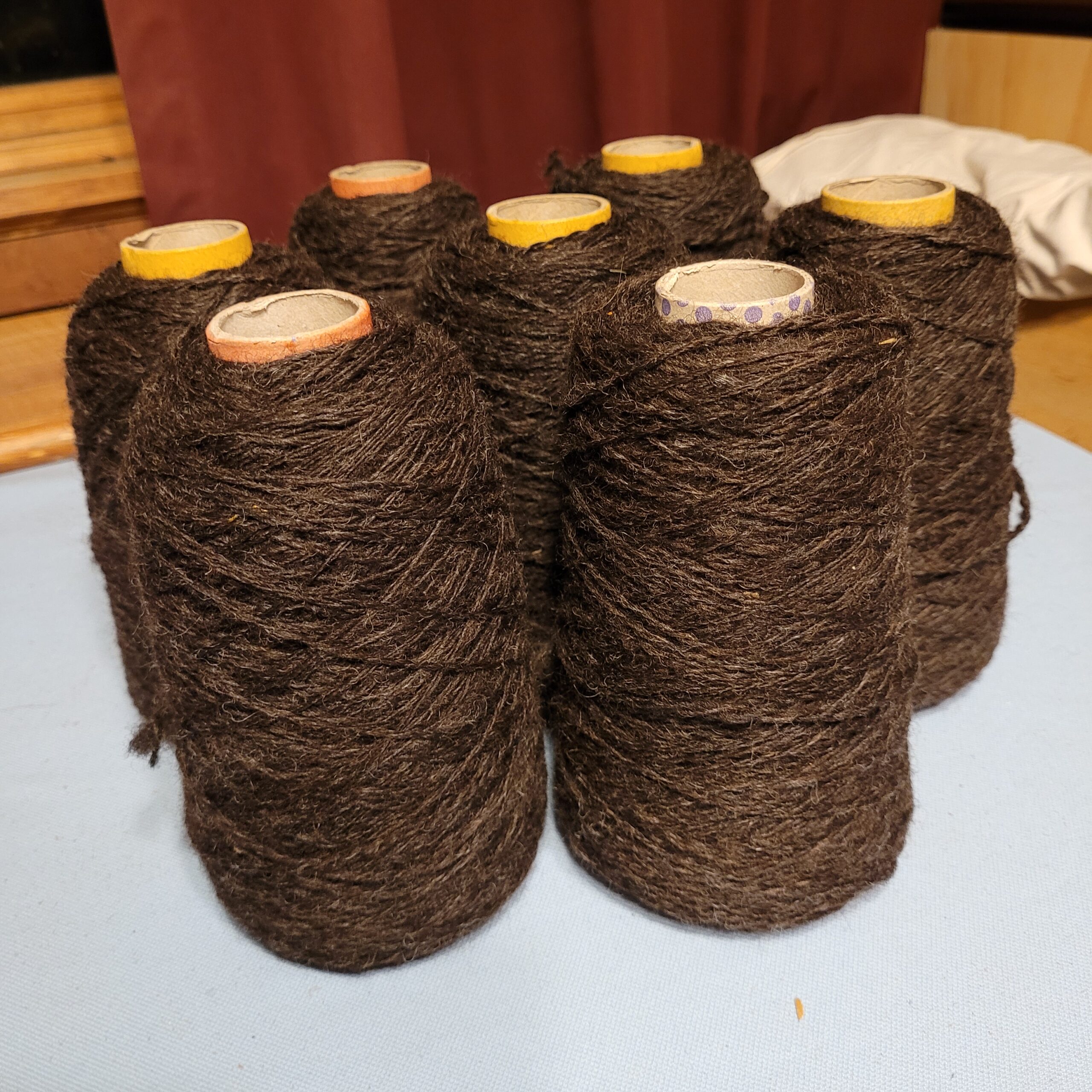For one of our Fall Skill-building Challenges, we encouraged you to learn about rare breed sheep. Many sheep producers in our area raise mixed breed sheep, crossing different breeds to encourage different characteristics for meat production or temperament. Some farmers, though, are keeping purebred flocks of rare breeds, working to maintain these heritage genetics. Contributor and Fibreshed member Bobbie Williams shares some of her research into rare breeds in the blog post below.
By Bobbie Williams
What is a rare sheep breed? Well, if you use the definitions applied by Heritage Livestock Canada (www.heritagelivestockcanada.com ), you have a conservation list of twenty sheep breeds found in Canada continually for at least 50 years, which are now at risk within the country.
I am one of these fibre “artists and craftsmen” who enjoys working with the wool from different breeds. As a member of the Vancouver Island Fibreshed, I decided to explore how many of these breeds could be located locally, so I turned to the Producers Directory (https://vancouverislandfibreshed.ca/producers-directory/ ). I found seven of the Conservation List breeds here on the island according to the information provided by the farms: Corriedale, Cotswold, Jacob, Hampshire, North Country Cheviot, Romney and Scottish Blackface. Not all island farms are listed in the Producers Directory, so I imagine that there are even a few more that I have not tracked down. And, of course, there are many non-endangered breeds and breed crosses in the Fibreshed, so I could spend a lifetime working with local wool.
Which brings me to the question of why work with breed-specific and local wool. There are some wonderful crosses out there, but to preserve agricultural diversity, I believe it is important to support those farms. Part of the fun has been researching why these breeds exist. Many of them were developed in geographical areas where they were a good match for the local terrain, weather and forage. For example, Corriedale originally haled from New Zealand, and were a cross developed in the 1880s between Merino and Lincoln Longwool sheep. The piebald Jacob sheep is a breed of somewhat uncertain origins, but certainly is referenced as being in Britain for several hundred years. Scottish Blackface, North Country Cheviot and Hampshire are other British/Scottish breeds, developed in the 1800s. Romney and Cotswold are both ancient British Longwool breeds.
I encourage readers to visit the Producers Directory and use the contact information to reach out to the different farmers. The Heritage Livestock Canada website (https://heritagelivestockcanada.com/heritagesheep ) has basic information about each of the breeds. You can join the Facebook group Vancouver Island Fibreshed Community to post questions about the use and availability of different wools. Some farmers sell fleeces, some have their wool clips processed into roving or yarn, some are working on breed crosses with a goal of developing handspinning-quality wool. All of them can use our support.
In closing, I include a photograph of Romney yarn that I spun from wool sourced from a Fibreshed farm. It is a gorgeous natural brown and will be used by me to weave either a blanket or yardage


